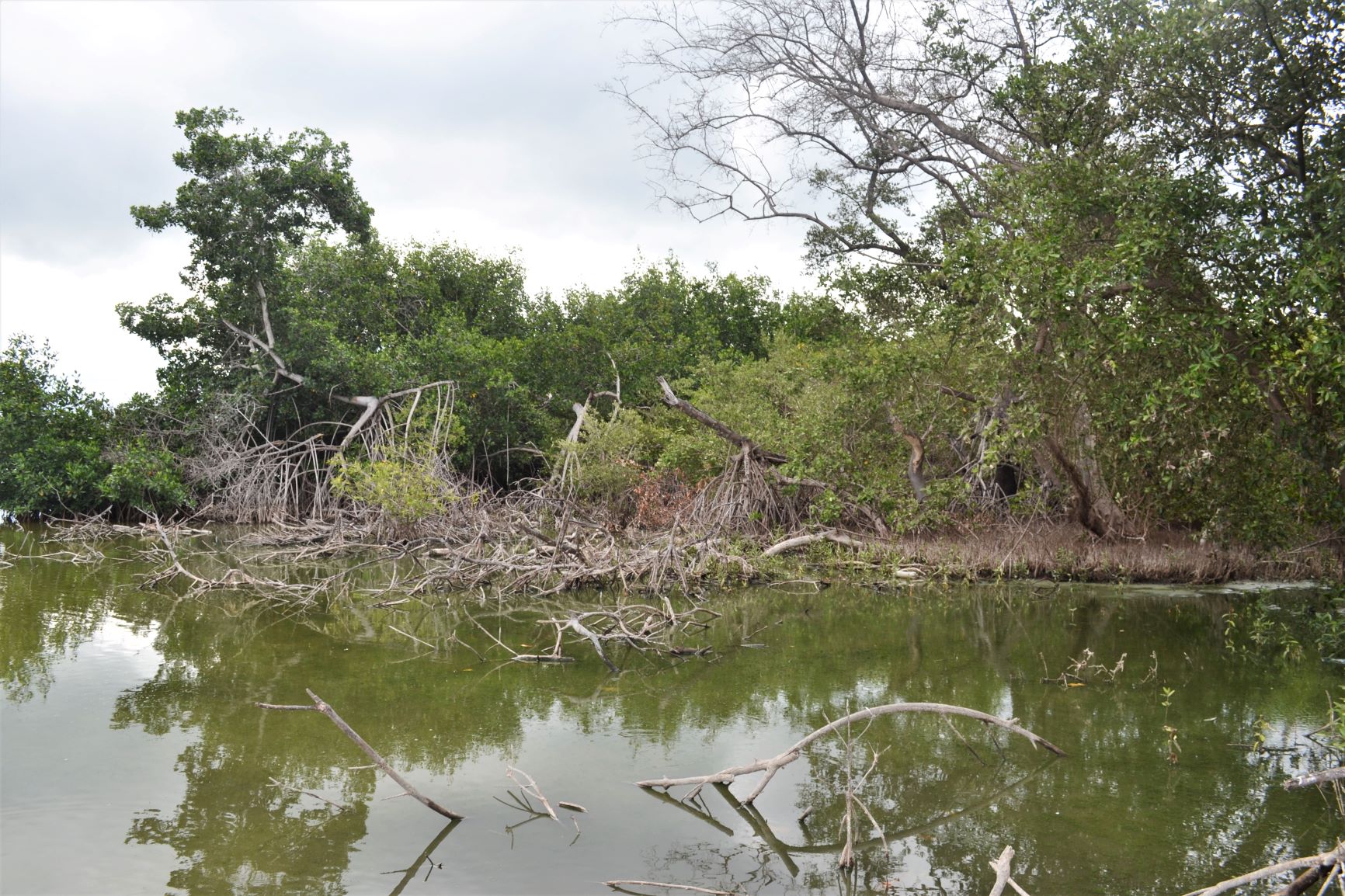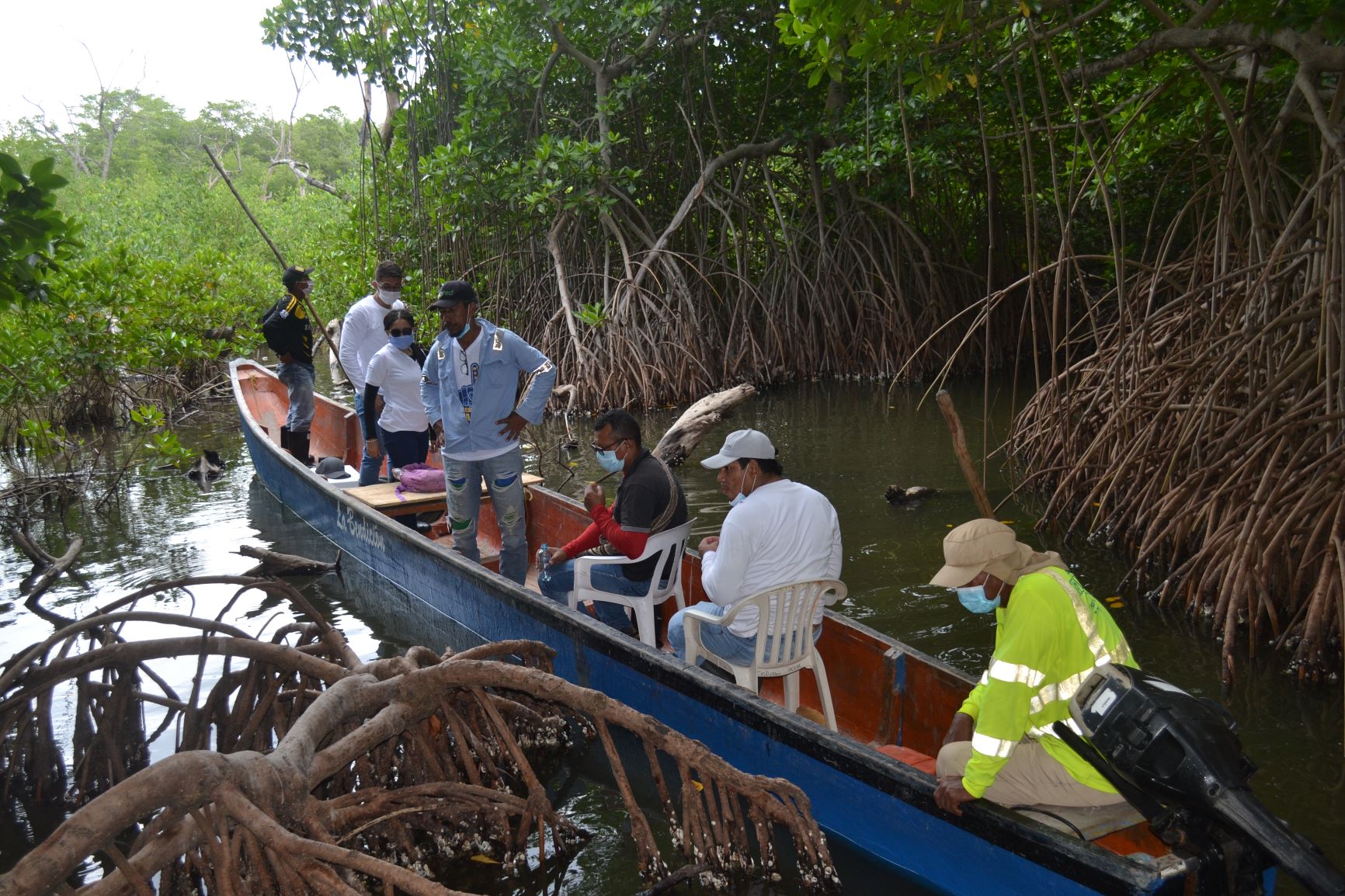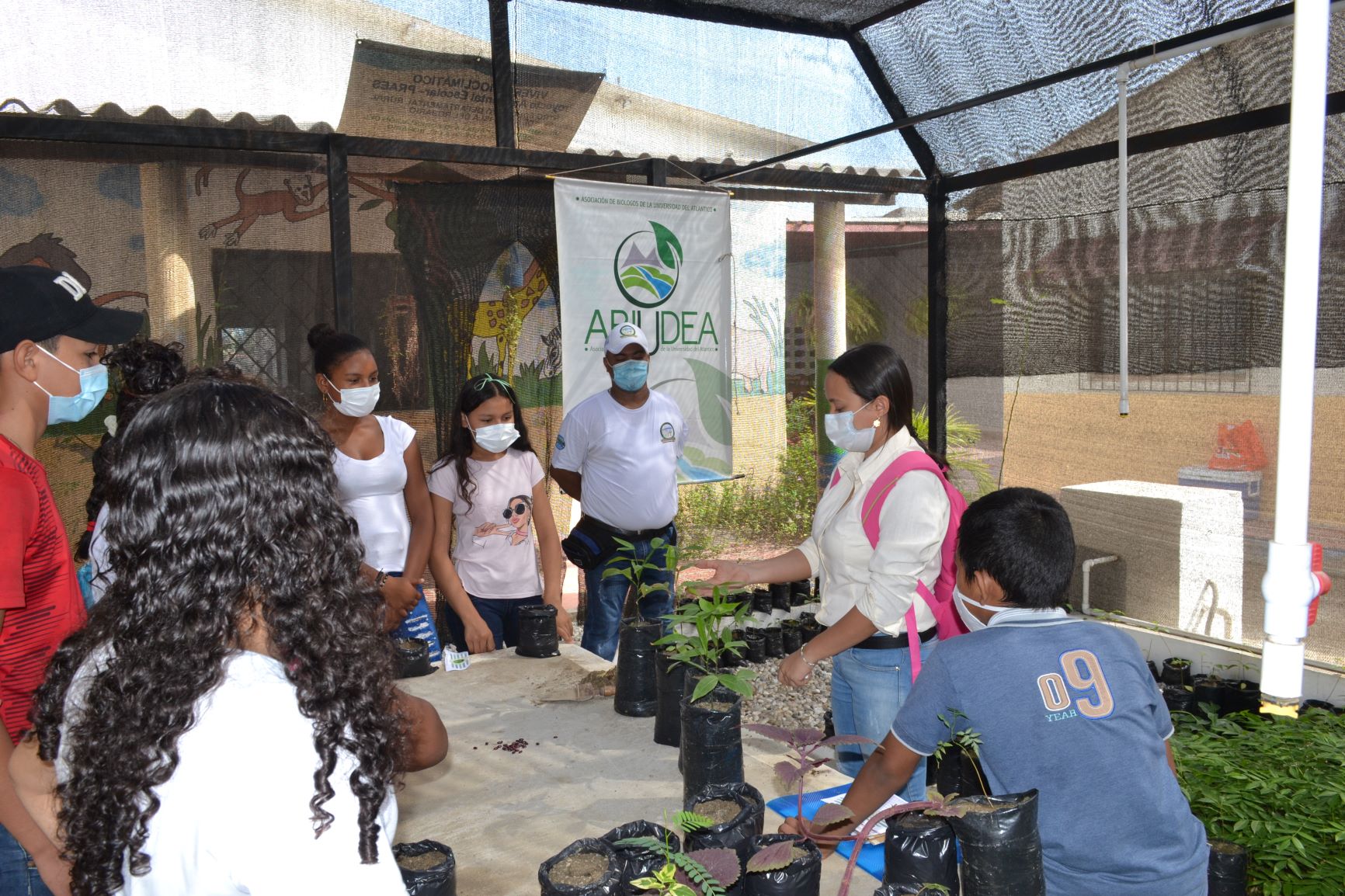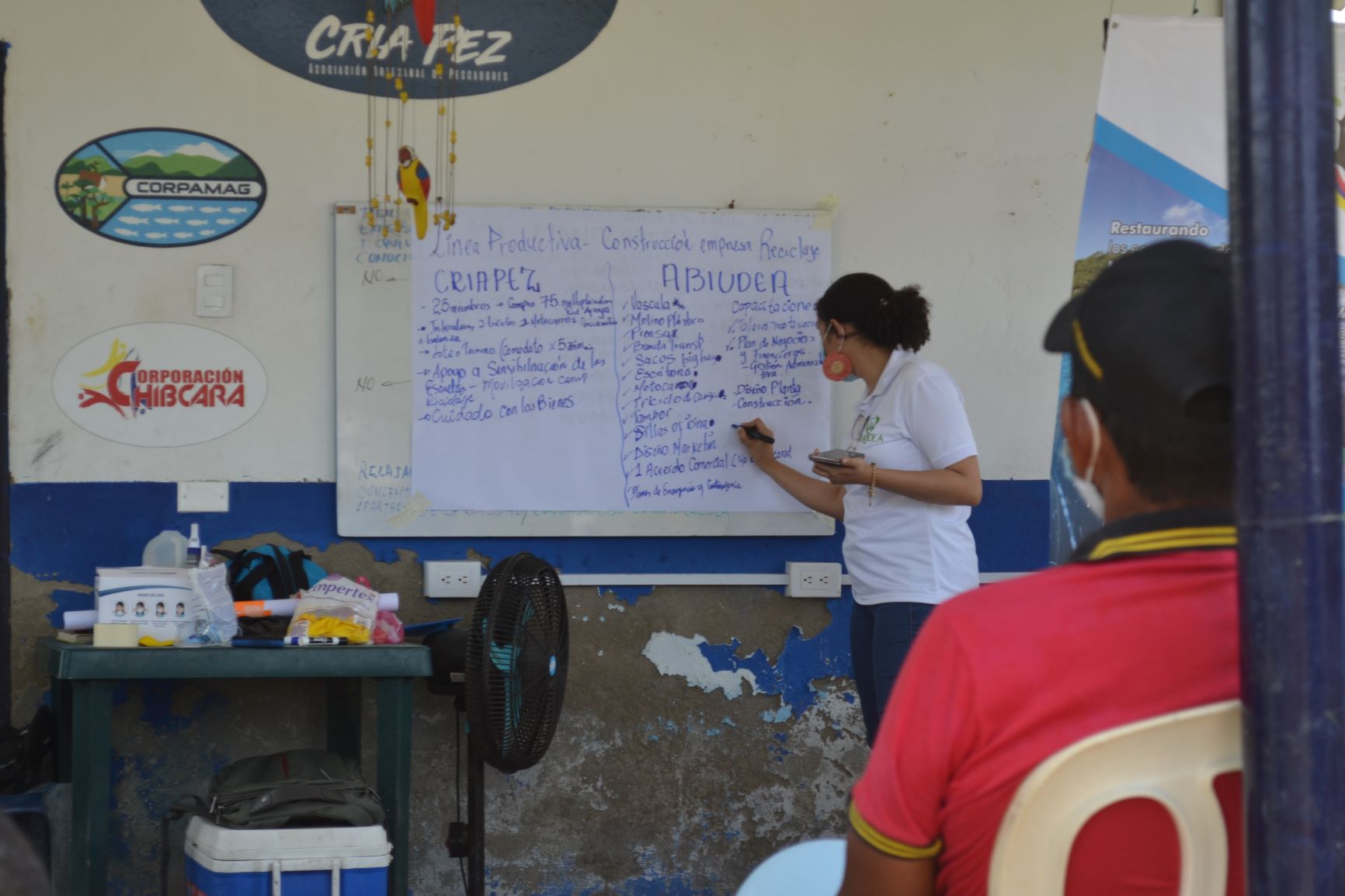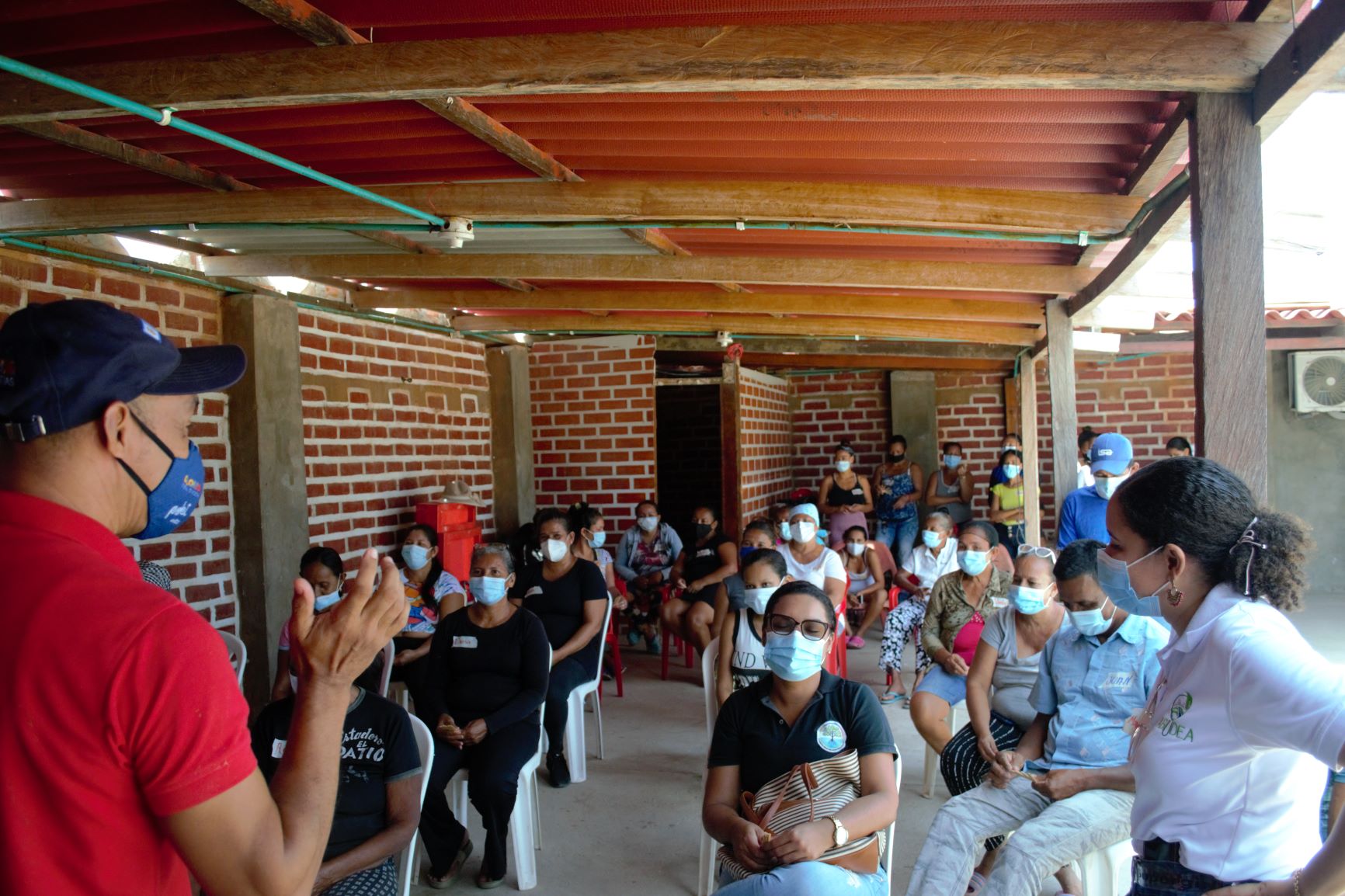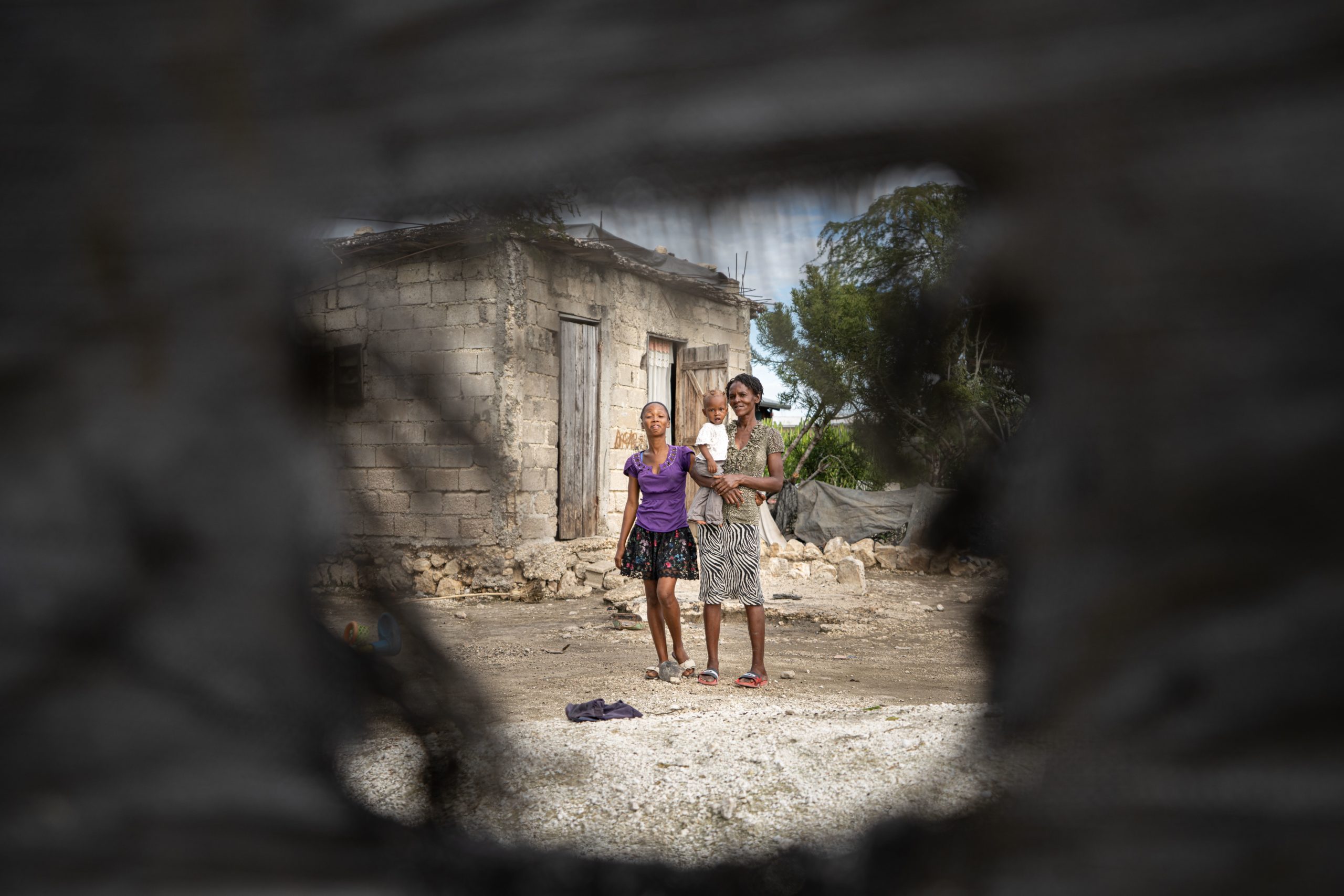Caribbean
South America
World Oceans Day: Mangrove Restoration for Life and Livelihoods
As 2021’s theme for World Oceans Day is “Life and Livelihoods”, we’re highlighting our Mangrove Restoration Project: a three-year project which works towards restoring and conserving these delicate ecosystems, while economically revitalizing the coastal communities of Haiti and Colombia.

Environmental degradation has taken a toll on the health and livelihoods of coastal communities in Haiti and Colombia. Harmful (and unfortunately common) practices such as slash-and-burn agriculture have depleted the soil and have contributed to poverty and widespread food insecurity.
One of the world’s greatest carbon-sinks, mangrove ecosystems are also essential to ocean biodiversity, and protect coastal communities from storm surges and flooding. They also have the untapped potential to boost local economies and increase climate change resiliency. By harnessing this potential, our project has begun restoring nearly 200 acres of mangroves while training residents of four different communities in Haiti and Colombia on alternative income-generating activities. We are also disseminating information campaigns and forging stronger multi-stakeholder links within each country. In addition, to ensure the long-term continuity of these efforts, the project will bridge participants in both countries to best-practice exchanges.
Mangroves and Livelihoods
In both countries, project participants were chosen by local community leaders in cooperation with local partners like the Colombian Asociación de Biólogos de la Universidad del Atlántico (ABIUDEA), and the Association Haïtienne d’Assistance Agricole, Médicale, Educative et Sociale (AHAAMES) in Haiti, both conservation experts.
In Colombia, the project will focus on communities that predominantly subsist on small-scale fishing and the informal economy in Pueblo Viejo in the Ciénaga Grande in the department of Magdalena, one of the largest wetland ecosystems in South America. Nearly 33,000 inhabitants will benefit here as well as the surrounding communities of Tasajera, Isla del Rosario, Palmira and Bocas de Cataca.
In Haiti, the project will focus on three key regions, both rural and urban, where MI Americas has been working since 2014: Cité Soleil (Ouest Department), Petit Trou de Nippes and Barradères (Nippes Department). Here, 39,925 local residents will benefit over the project’s three years.
Along coasts and riverbanks, mangroves are rich ecosystems where different varieties of fish can thrive. For coastal communities, this provides fishermen with stock to feed both their families as well as inventory to sell at markets. Unfortunately, over 40% of mangrove wetlands in Pueblo Viejo have been damaged or destroyed between 1956 and 1990, when the latest survey was completed. To compound the issue, the region lacks basic services like safe water storage, sewage, and garbage systems, further contaminating fresh water sources and damaging the mangroves.

In order to minimize these trends, we are building a recycling plant for 100 fishermen that will introduce recycling systems, minimize waste, and raise awareness for the benefits of recycling and its potential impact on the community. Building on this notion, another cross-cutting initiative of this program is to educate communities through information campaigns that target youth and the creation of youth networks in favor of mangrove conservation. In putting our faith and resources in the next generation, we are hopeful that they will become multipliers of knowledge and stewards of the environment.
Finally, by empowering single mothers to become leaders within their communities and promoters of environmental awareness, this project will also work towards improving social and gender dynamics in the region.
Progress
The Mangrove Restoration Project was launched in January. The first phase has focused on the dissemination of information to target populations: fishermen, recyclers, single mothers, and public schools. Many have registered their interest in participating in the project. In Colombia, we have also completed coastal visits in Ciénaga Grande to identify degraded mangrove areas and determine if they will be suitable for restoration. The community has participated in establishing mangrove nurseries that will serve as living laboratories where classrooms can learn about the growth of these plants and their environmental impact.
Project coordinators have been busy establishing alliances with private sector entities, local and regional authorities, as well as other NGOs in the region. This multi-stakeholder approach will ensure participation at all levels and will give the participants the tools to advocate for the mangroves and for the future of their environment.
Next week, a delegation from ABIUDEA will visit Haiti (one of several scheduled visits) to share their technical expertise and experiences with mangrove restoration in Colombia thus far and give specific feedback on restoration site selection. Most importantly, however, this visit will provide an opportunity for both parties to discuss the social and educational aspect of the project, which is essential to its sustainability and the future of the communities themselves.
SDGs and Mangrove Restoration
Both Haiti and Colombia have committed to the UN’s 2030 Agenda and the Sustainable Development Goals it encompasses. The Mangrove Restoration Project is working towards many of the SDGs – climate action, protecting life on land and in the water, gender equality, zero poverty, good health and well-being – but in particularly SDG 14 “Life Below Water” – what we are celebrating on World Oceans Day.
By harnessing the untapped potential of mangroves, and the capacity of collaboration across languages and cultures, MI Americas is firmly committed to these goals, and with this project aims to increase the quality of life of over 100,000 individuals.
Thanks to our in-country colleagues Yolette Etienne and María Margarita Sierra for their updates on the project’s progress.
